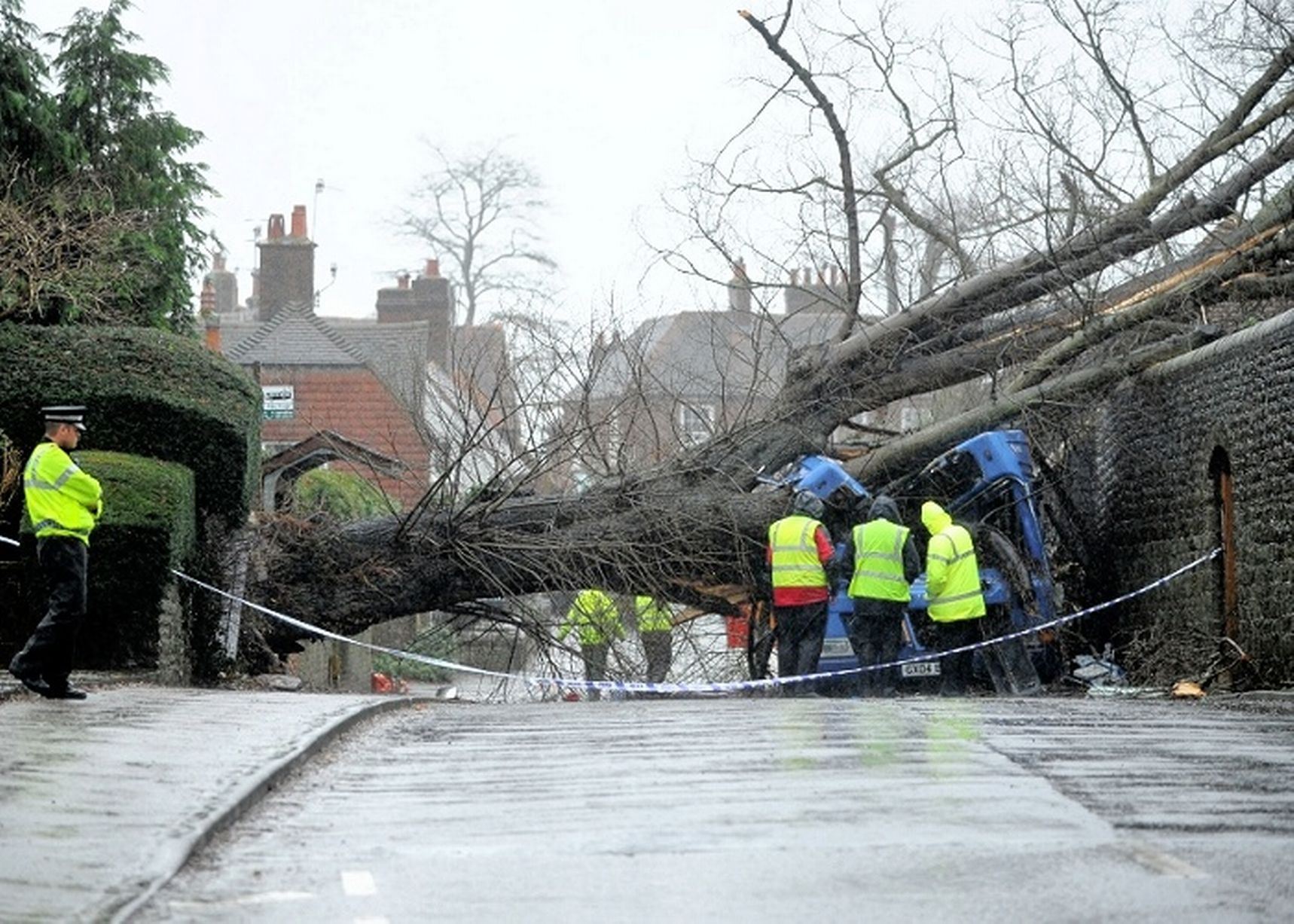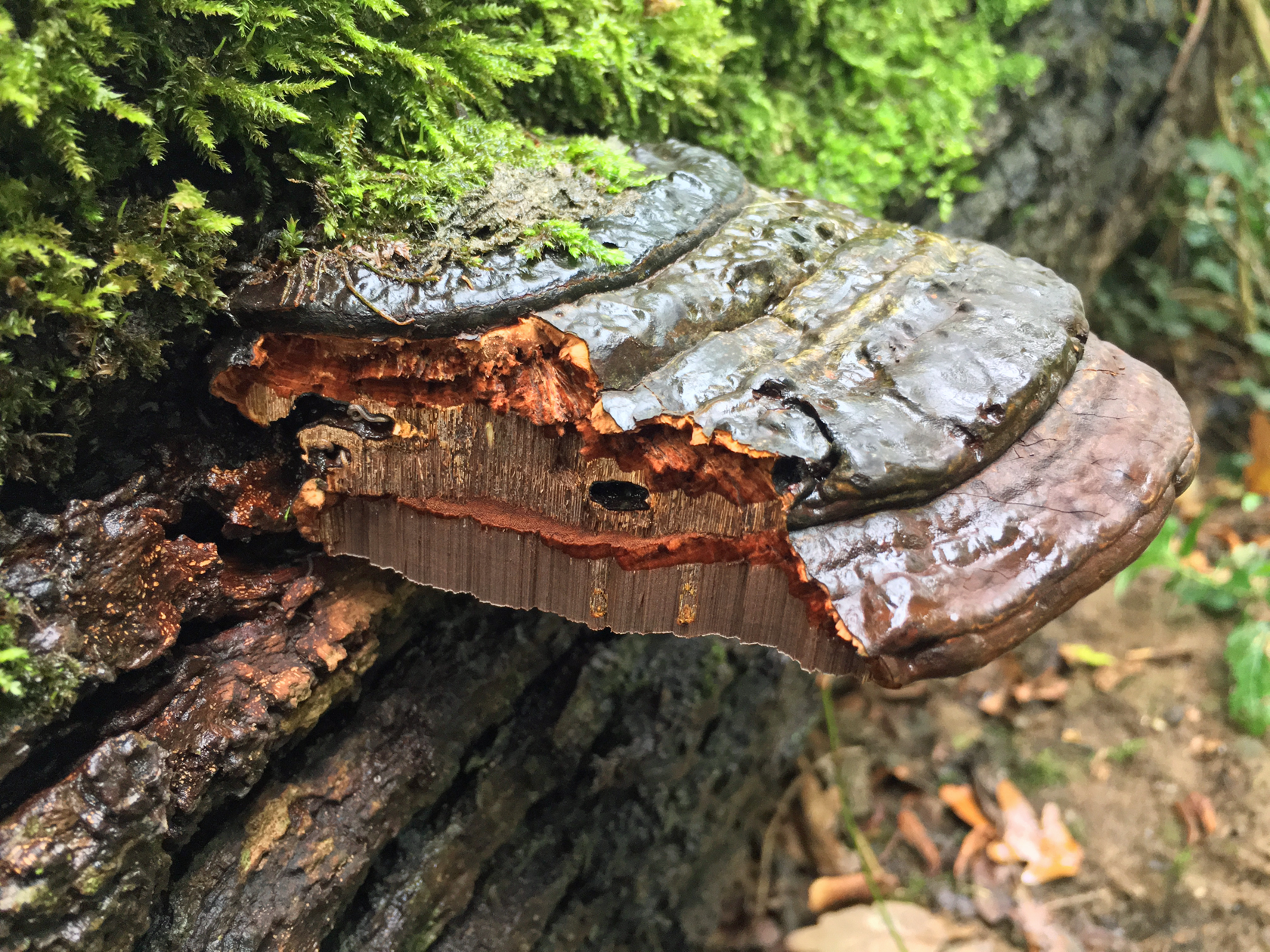
Many of us in the UK have misgivings about the landmark Cavanagh v Witley Parish Council Judgment. Not least because it looks like the Judge built their decision on two flawed central pillars of Expert Witness evidence.
Pillar 1
Para 5 of the Judgment:
"...The presence of a fungal bracket at or near the base of a tree is a sure sign of impending failure and would have mandated emergency treatment; most likely felling of the tree."
The mere presence of a fungal bracket most emphatically IS NOT a sure sign of impending failure. Bizarrely, this point in the claim isn't contested by the defendants in the Judgment.
Trees and decay fungi mostly co-exist quite happily, and decay provides valuable habitat. Late Mature trees with decay often have a Very Low or Low Likelihood of Failure.
All a fungal bracket shows is there's some decay, and
Pillar 2
The age of the fungal bracket - it wasn't there during the last inspection in 2009.
 Witley PC's expert persuades the Judge they can accurately age the fungal bracket from the number of pore tube layers. An expert to the court should know you can't do this. The bracket could've been as young as about one year, or much older.
Witley PC's expert persuades the Judge they can accurately age the fungal bracket from the number of pore tube layers. An expert to the court should know you can't do this. The bracket could've been as young as about one year, or much older.
From the above evidence, it looks like the Judge had little choice but to prefer the shortest inspection frequency offered by the experts that would find the bracket. Which was 18 months to 2 years.
The Judgment appears to be flawed because key evidence is flawed. Not least because if we extend the logic of Pillar 1, we need to inspect high-risk trees (sic) in high-risk zones (sic) every day, between spring and late autumn, in case they've produced a fungal bracket and failure is 'impending.'
We explore the role of these key pillars of expert evidence, and more, in this LinkedIn article. It also takes a wider perspective of expert witness evidence, tree risk, and court Judgments in the UK.
Cavanagh v Witley Parish Council | A Case of Rough Justice
To get a better understanding of what evidence the Judge had to work with, we asked DWF (Solicitors for Witley PC) whether they would release the expert reports and joint statement. The experts refused to disclose their reports.
We then made a formal request under the Environmental Information Regulations (2004) to Witley PC. They referred me to DWF, who reported back that the experts refused to share the contents and disclosure couldn't be forced under the Act. Similarly, Witley PC's insurers said they cannot release the expert reports without their permission.
Finally, under the impression that a Civil Judgment (and Appeal) meant the expert reports are in the public domain, we applied to the Queens Bench Division. After what has been well over a year, they finally got back to us and said expert reports in Civil Judgments are not public property.

.png)